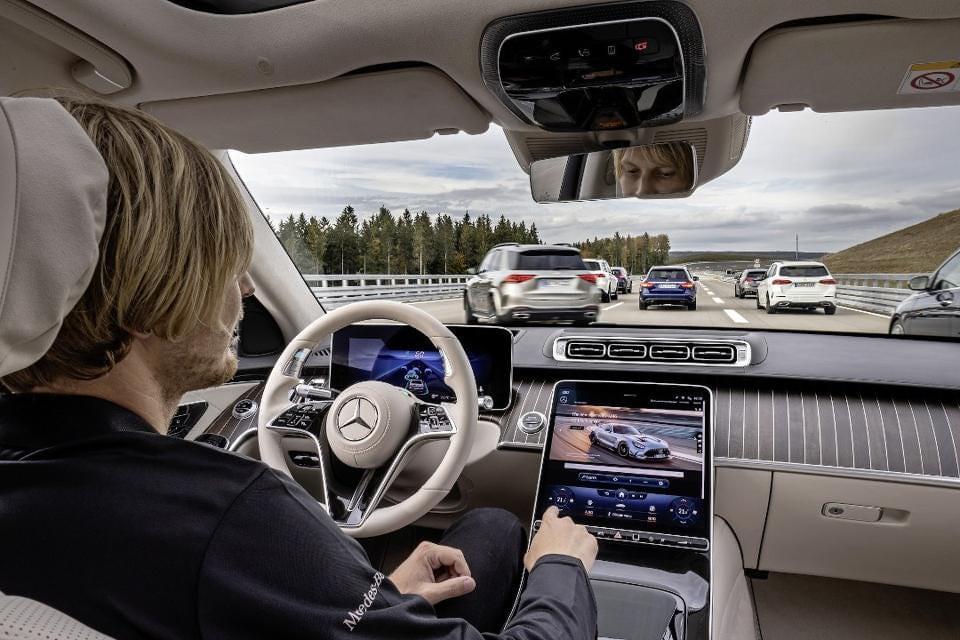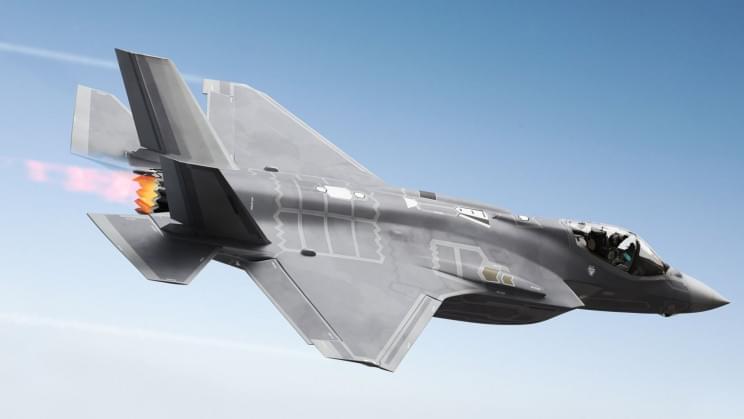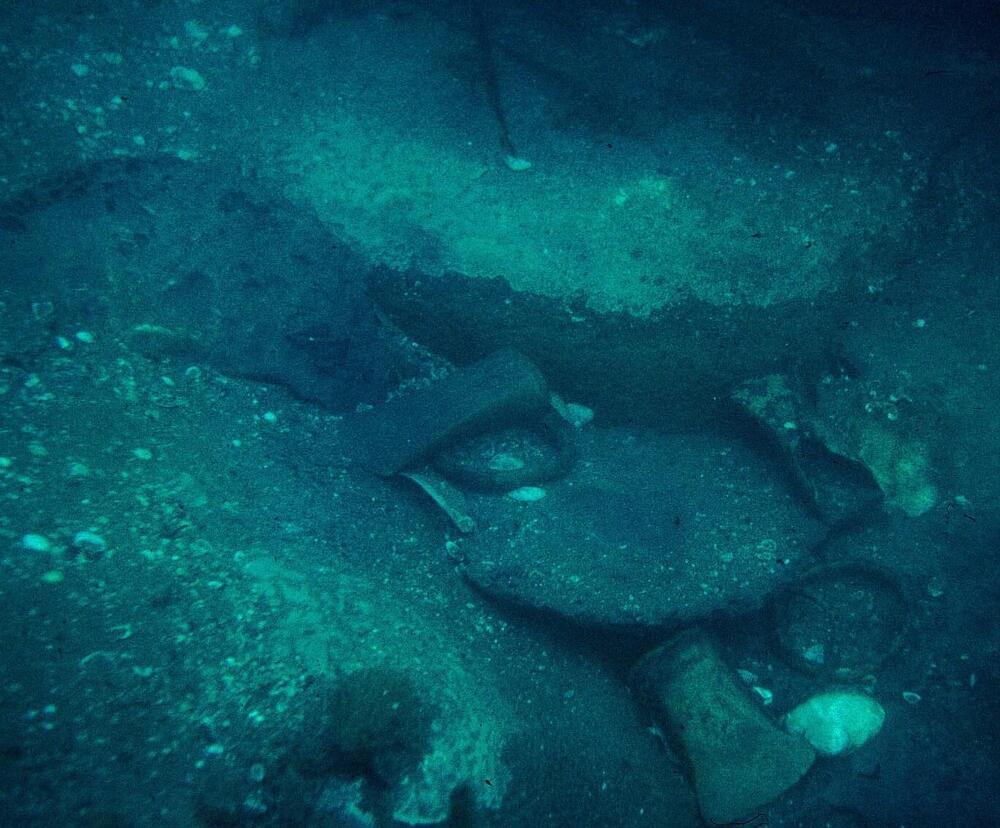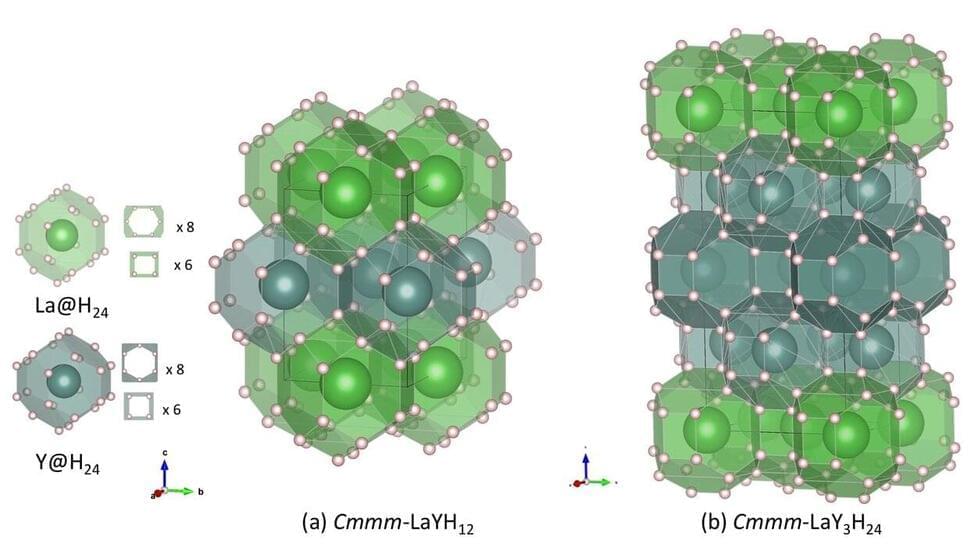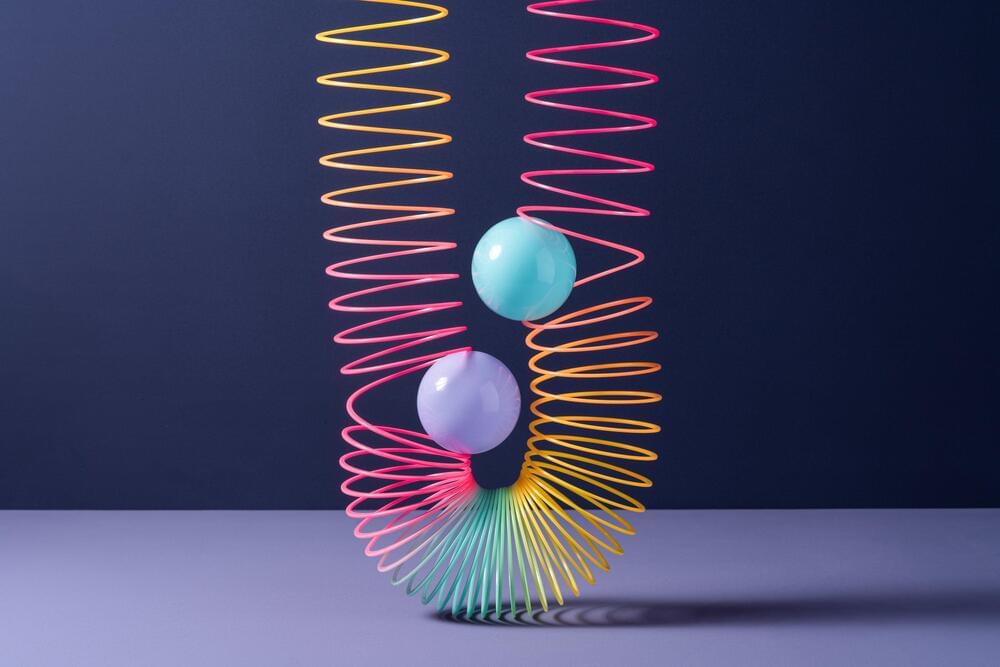Page 4551
Dec 13, 2021
The Next Big Wave in Processor Design. TSMC’s 3D WoW Technology
Posted by Dan Breeden in category: computing
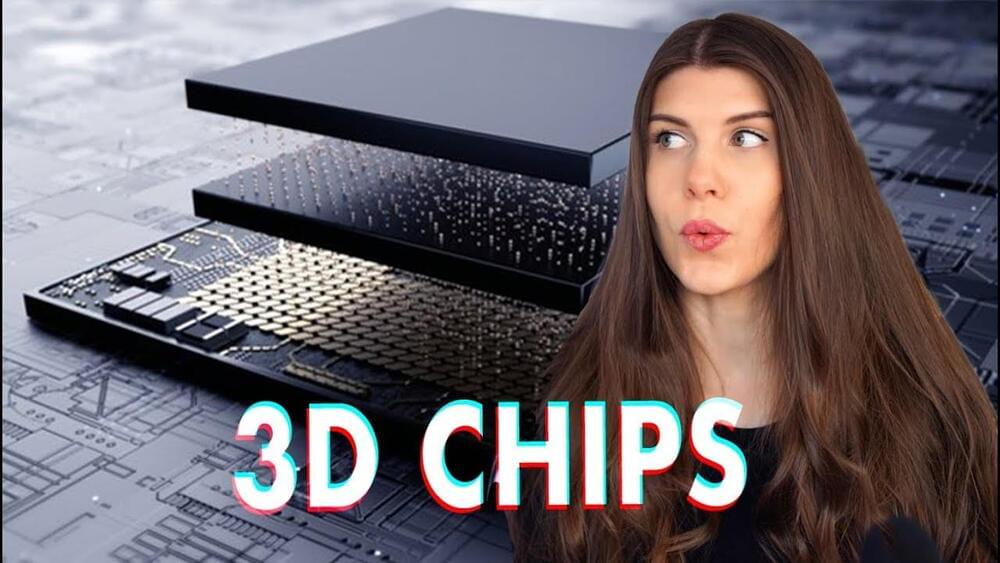
In this video I discuss 3D microchips which will keep Moore’s law going.
#3Dmicrochips.
***
➞ Support me on Patreon: https://www.patreon.com/AnastasiInTech.
➞ Subscribe for new videos every week! ❤ And leave me a comment below!
Dec 13, 2021
Mercedes Gets Approval For Traffic Jam Pilot, Where Is Tesla?
Posted by Gemechu Taye in categories: robotics/AI, transportation
Mercedez-Benz has announced approval of their “Drive Pilot” system, in Germany, which does fully autonomous operation in highway traffic jam situations. Such systems have been promised for many years. It’s interesting to note that Tesla TSLA-5.2%, which might be able to produce such a system today, has instead put all their focus on their poorly named “full” self-driving product, possibly at the expense of other features like this.
The German certification is designed to be extended to the rest of the world, starting of course with Europe. Honda has sold a modest number of Legend sedans in Japan with this function, and Audi produced one but did not finish the regulatory approval process.
A system like this sometimes called a “level 3” system though those levels are misleading and not typically used by leading self-driving developers. It got that number as a potential half step between driver-assist (Such as Tesla FSD and other Mercedes offerings) and real self-driving. It was dreamed up by regulators with no experience in developing self-driving systems and there’s been a lot of disparate thinking about it over the years.
Dec 13, 2021
The Logistics of Going “Interplanetary”: What Does It Take to Live on the Moon?
Posted by Gemechu Taye in categories: economics, solar power, space, sustainability

Humans have been dreaming of living on the Moon, but what would that look like exactly?
Put simply, an outpost (or outposts) on the Moon could benefit humanity in numerous ways. It would allow for regular access to the lunar surface, enable vital research into low-gravity and its effects on terrestrial organisms, and shave billions off of the cost of missions destined for Mars and other locations in deep space.
Continue reading “The Logistics of Going ‘Interplanetary’: What Does It Take to Live on the Moon?” »
Dec 13, 2021
Could F-35s Get New Engines by 2027? The US Congress Thinks So
Posted by Gemechu Taye in categories: energy, government, military
A flurry of upgrades is on the horizon.
The conference version of the National Defense Authorization Act of 2022 shows that the U.S. Congress wants new engines to be installed in the current and future F-35 aircraft starting from 2027, Air Force Magazine reported.
We had earlier reported that the U.S. military would be required to look into re-engining its F-35s towards the end of this decade. The F-16s and A-10C Thunderbolts are close to the end of their lifetimes which means that the bulk of the workload for the U.S. military will fall on F-35s’ shoulders. Under the Adaptive Engine Transition Program (AETP), the U.S. Air Force has already begun work to develop engines that can deliver more power or range as required.
Continue reading “Could F-35s Get New Engines by 2027? The US Congress Thinks So” »
Dec 13, 2021
Biggest Space Telescope In History Will Launch Just As 2021’s Smallest Full Moon Rises: What You Can See In The Night Sky This Week
Posted by Gemechu Taye in category: space

What To Watch For In The Night Sky This Week: December 13–19, 2021 An era-defining rocket launch happens this week. Much-delayed, over budget and high on science promises, the James Webb Space Telescope (JWST) will—finger’s crossed—finally go skywards this week… though it might be wise to expect delays. Also this week is the year’s most prolific meteor shower and a final full Moon for fall—the “Cold Moon.”
Here’s everything you need to know about stargazing, moon-watching and rocket launches this week:
Dec 13, 2021
This tiny AI-powered robot is learning to explore the ocean on its own
Posted by Genevieve Klien in category: robotics/AI
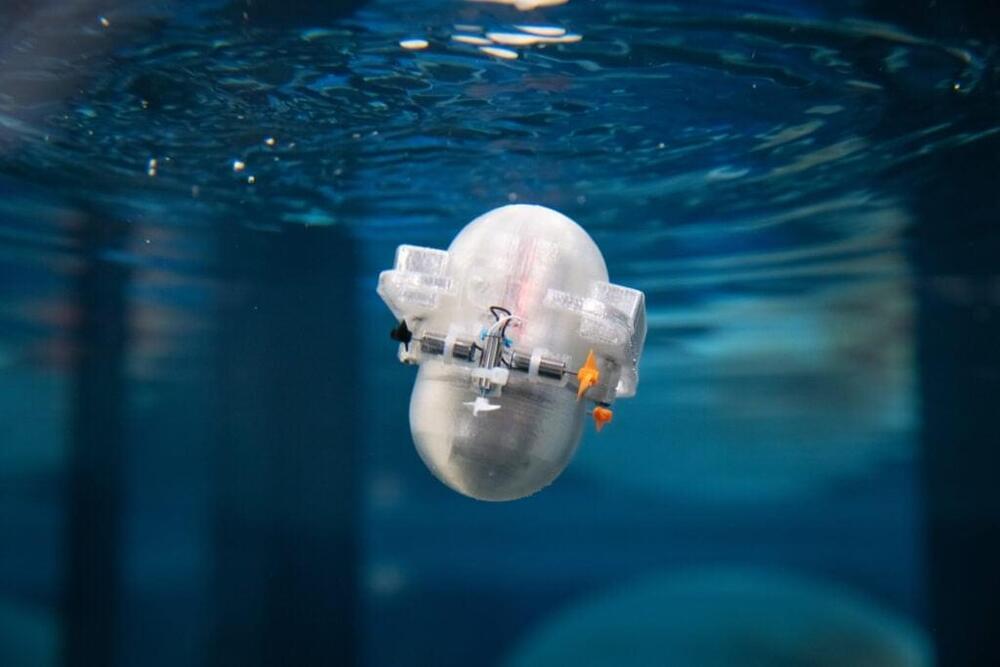
CARL, the AI-powered aquatic robot, looks like a octopus and has the memory of a cuttlefish.
Dec 13, 2021
Isotope analyses unlock Iron Age secrets
Posted by Genevieve Klien in category: futurism
Elemental and lead isotope analyses of ancient copper ingots are unlocking secrets of Early Iron Age trade routes and how indigenous Mediterranean communities functioned from about 2,600 years ago.
For the first time, a scientific team led by Flinders University archaeologists, working with the Institute of History (CSIC) in Spain, has examined the origins of Iron Age metal items from an archaeological site in southwest France and found they were sourced from a variety of Mediterranean locations.
The underwater site of Rochelongue, believed to be four small boats located west of Cap d’Agde in southwestern France and discovered in 1964, dates to about 600 BCE and its cargo included 800kg of copper ingots and about 1,700 bronze artifacts. They contain very pure copper with traces of lead, antimony, nickel and silver.
Dec 13, 2021
New crystal structure for hydrogen compounds for high-temperature superconductivity
Posted by Genevieve Klien in categories: computing, particle physics
Superconductivity is the disappearance of electrical resistance in certain materials below a certain temperature, known as “transition temperature.” The phenomenon has tremendous implications for revolutionizing technology as know it, enabling low-loss power transmission and maintenance of electromagnetic force without electrical supply. However, superconductivity usually requires extremely low temperatures ~ 30 K (the temperature of liquid nitrogen, in comparison, is 77 K) and, therefore, expensive cooling technology. To have a shot at realizing a low-cost superconducting technology, superconductivity must be achieved at much higher transition temperatures.
Materials scientists have had a breakthrough on this front with crystalline materials containing hydrogen, known as “metal hydrides.” These are compounds formed by a metal atom bonded with hydrogen that have been predicted and realized as suitable candidates for achieving even room-temperature superconductivity. However, they require extremely high pressures to do so, limiting their practical applications.
In a new study published in Chemistry of Materials, a group of researchers led by Professor Ryo Maezono from Japan Advanced Institute of Science and Technology (JAIST) performed computer simulations to expand the search for high-temperature superconductors, looking for potential candidates among ternary hydrides (hydrogen combined with two other elements).
Dec 13, 2021
Is There a Thing, or a Relationship between Things, at the Bottom of Things?
Posted by Dan Breeden in category: quantum physics
The wildly inventive physicist John Wheeler was an early explorer of this notion. In a 1989 paper, “Information, Physics, Quantum: The Search for Links,” Wheeler takes a stab at “the age-old question: How come existence?” The answer, he speculates, might come from a fusion of physics and information theory. The former traffics in “its,” or physical things, and the latter in “bits,” defined as answers to yes-or-no questions.
Wheeler proposes that “every physical quantity, every it, derives its ultimate significance from bits, binary yes-or-no indications, a conclusion which we epitomize in the phrase, it from bit.” Noting the crucial role of measurement in the outcome of quantum experiments, Wheeler suggests that we live in a “participatory universe,” in which we bring the world into existence, and vice versa.
Picking up on Wheeler’s ideas, physicist Carlo Rovelli argues in a 1996 paper, “Relational Quantum Mechanics,” that quantum mechanics undermines “naive realism,” the notion that science discovers a reality that exists independently of our observation of it. He proposes what he calls a “relational” interpretation of quantum mechanics, which says things only exist in relation to other things. Rovelli notes that Galileo and Kant, among others, anticipated the relational perspective.

